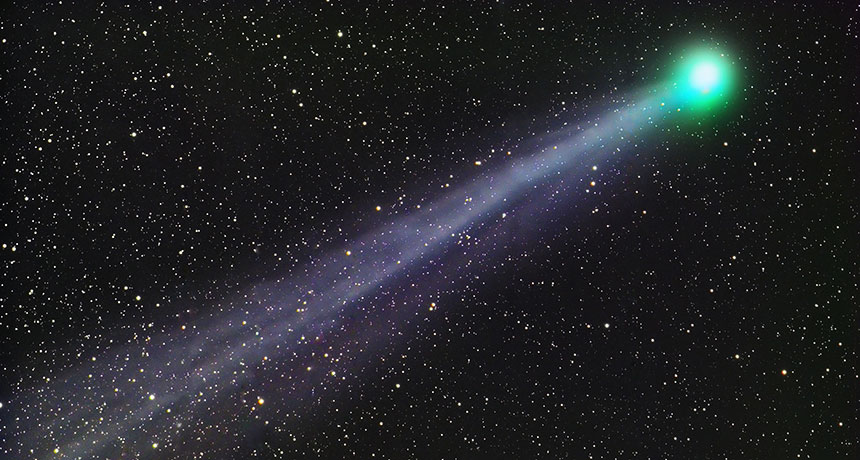Comet carries alcohol, sugar
Lovejoy observations show molecules preserved from solar system’s birth

COMET COCKTAIL Comet Lovejoy (pictured) is carrying around ethanol and the simple sugar glycolaldehyde, a new study reports.
John Vermette/Wikimedia Commons (CC BY-SA 4.0)